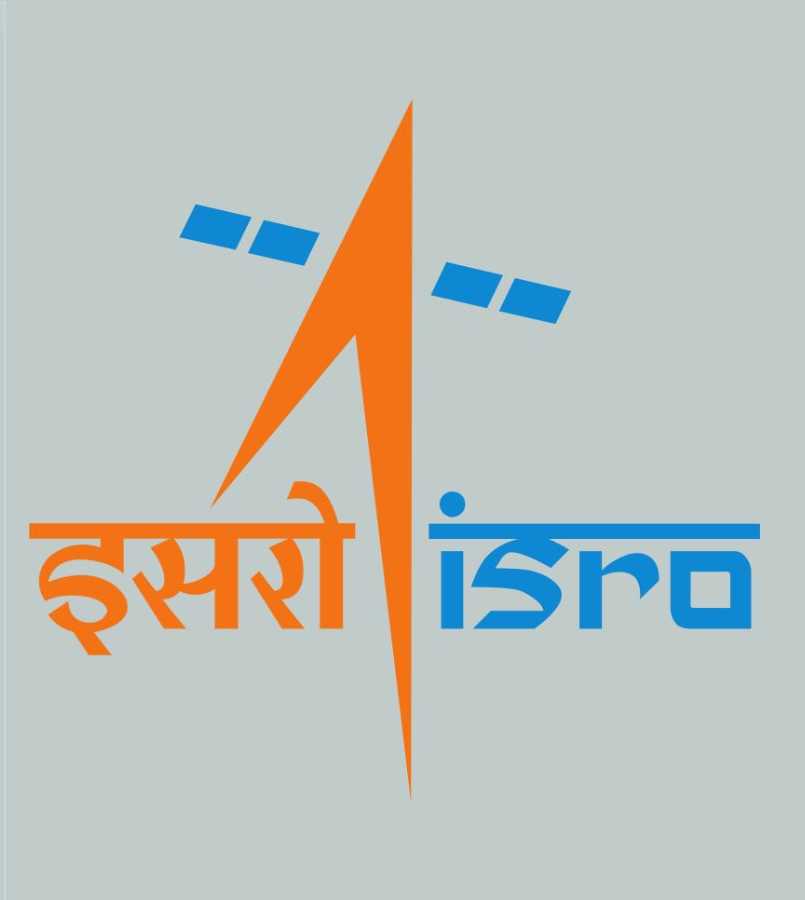
BENGALURU (PTI): India's first dedicated Space Astronomy Observatory AstroSat has enabled an international team of scientists to unravel the mysteries surrounding the X-ray binary system named MAXI J1820+070, which hosts a black hole, ISRO has said.
X-ray binaries, so-called because they emit X-rays, are made up of a normal star and a collapsed star, which may be a white dwarf, neutron star, or a black hole, according to NASA. MAXI J1820+070 is a low-mass X-ray binary with a black hole as a compact object.
The study "A Multi-Wavelength Spectral Study of MAXI J1820+070 in the Soft and Hard States" by an international team "presents unique insights into the behaviour of this transient black hole X-ray binary during its 2018 outburst", ISRO said in a statement on Tuesday.
According to the space agency, the team was led by researchers from Inter-University Centre for Astronomy and Astrophysics, Pune, and includes researchers from India, the United Kingdom, Abu Dhabi, and Poland.
The study has been accepted for publication in The Astrophysical Journal.
MAXI J1820+070, positioned at a distance of 9,800 light-years from Earth, was first detected during its outburst in 2018 using the MAXI instrument aboard the International Space Station (ISS), ISRO said.
Because of its proximity to Earth and its remarkable brightness upon discovery, emerging as the second brightest object in the X-ray sky, MAXI J1820+070 garnered significant attention within the astronomy community.
This led to numerous observation campaigns across various electromagnetic bands, the agency explained.
AstroSat, equipped with three X-ray payloads and a UV telescope, captured soft and hard X-ray emissions and far ultraviolet radiation, painting a detailed portrait of the near and distant regions surrounding the black hole in MAXI J1820+070.
Collaborating with Las Cumbres Observatory on optical data and NASA's NICER mission on soft X-ray data, the team understood the X-Ray binary system's dynamics, ISRO said.
"The study reveals captivating findings about the accretion states of MAXI J1820+070. Black hole X-ray binaries such as MAXI J1820+070 often exhibit multiple accretion states throughout an outburst," it added. Advanced techniques employed by the researchers unveiled the black hole's spin, shedding light on its fundamental properties.
"The significance of this study extends beyond MAXI J1820+070, highlighting the pivotal role of AstroSat in advancing the understanding of transient black hole X-ray binaries," ISRO noted.
With its unique multi-wavelength capabilities, AstroSat opens doors to further exploration of diverse astrophysical phenomena, laying the groundwork for future endeavours in the field, it added.
 Previous Article
Previous Article Next Article
Next Article













The Indian Air Force, in its flight trials evaluation report submitted before the Defence Ministry l..
view articleAn insight into the Medium Multi-Role Combat Aircraft competition...
view articleSky enthusiasts can now spot the International Space Station (ISS) commanded by Indian-American astr..
view article